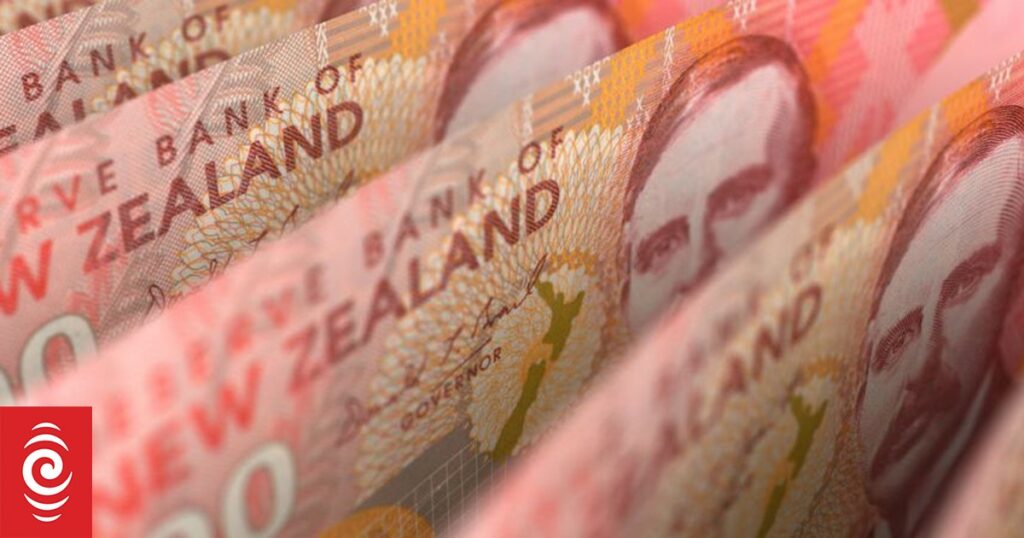Navigation for News Categories
Photo: 123rf
A sharp increase in tax debt is likely to reflect the pressure businesses are under, commentators say.
Data from Inland Revenue shows that in March, there was total tax debt of $6.731 billion. That’s up from $4.833b a year ago.
Of that, $2.55b was overdue GST and $1.35b “employer activities”, such as paying PAYE.
Both had lifted significantly – 68 percent for employer activities over the past two years and 50 percent for GST.
Shamubeel Eaqub
Photo: Screengrab / Facebook
Economist Shamubeel Eaqub said company tax debt had now reached a level equivalent to 20 percent of annual tax revenue.
He said it was “entirely consistent” with businesses being put under pressure due to the economic downturn.
“These debts accumulate over time.”
He said company tax debt was an important measure to watch to gauge the full impact of the downturn, alongside other data, such as that from Centrix showing that company liquidations were up 19 percent year-on-year.
Infometrics chief executive Brad Olsen said the increase in total tax debt of 52 percent in two years was stark.
“The amount owed per customer has increased as well. There’s been a 52 percent increase in total tax debt and a 32 percent increase in the number of customers with tax debt. Debt per customer is up about 15 percent.”
He said the jump in unpaid tax from employer activity spoke to the business pressures firms were feeling.
“They’re a bit squeezed and may have got into a position where they owe and are in a position where they aren’t able to pay it. There are other demands on their money.”
He said there had been a 70 percent increase in debt that was less than two years old, which reflected tighter economic conditions.
There had been an increase of about a third in debt that was older.
“Some of that debt is really lingering around which highlights some businesses and probably households that have been struggling with some of that for a while.”
ANZ senior economist Miles Workman agreed it was likely a “business profits story”.
The trend was “southerly”, he said. “The question is how much of this is unexpected? The Reserve Bank has intentionally created the slowdown. Is it happening more than expected? Perhaps the answer to that question is not really.”
Deloitte partner Robyn Walker said it would be important that Inland Revenue chased up the debt proactively and did not allow businesses to continue and potentially build up debt with other creditors.
Inland Revenue chasing debt again
Inland Revenue said it had resumed pursuing tax debt, after a more lenient approach through the pandemic.
“Inland Revenue uses the bankruptcy and liquidation process as a last resort to physically stop businesses from further trading by asking the High Court of New Zealand to appoint a liquidator or the Official Assignee to take control of the business and wind it down.
“IR uses this process to stop insolvent businesses from trading, encourage businesses to stop trading voluntarily when they know trading is unviable, support those who pay tax in full and on time and collect cash when customers who can pay will only do so when threatened with winding up.
“By not meeting their obligations, insolvent businesses threaten the equity of the tax system by taking trade from compliant businesses working hard to do the right thing.”
Get the RNZ app
for ad-free news and current affairs
>>> Read full article>>>
Copyright for syndicated content belongs to the linked Source : RNZ – https://www.rnz.co.nz/news/business/520011/tax-debt-related-to-things-like-paye-up-almost-70-percent-in-two-years
